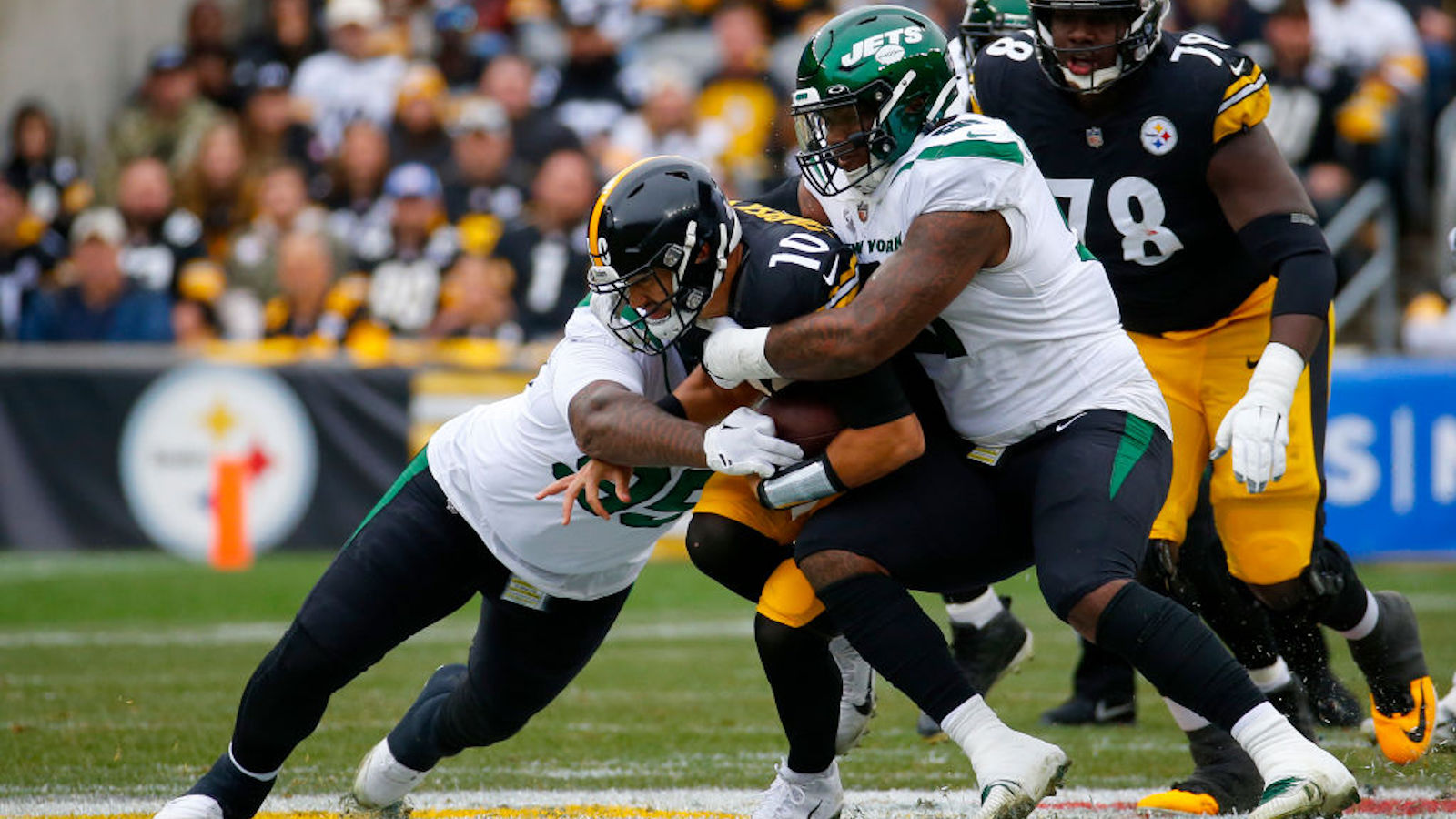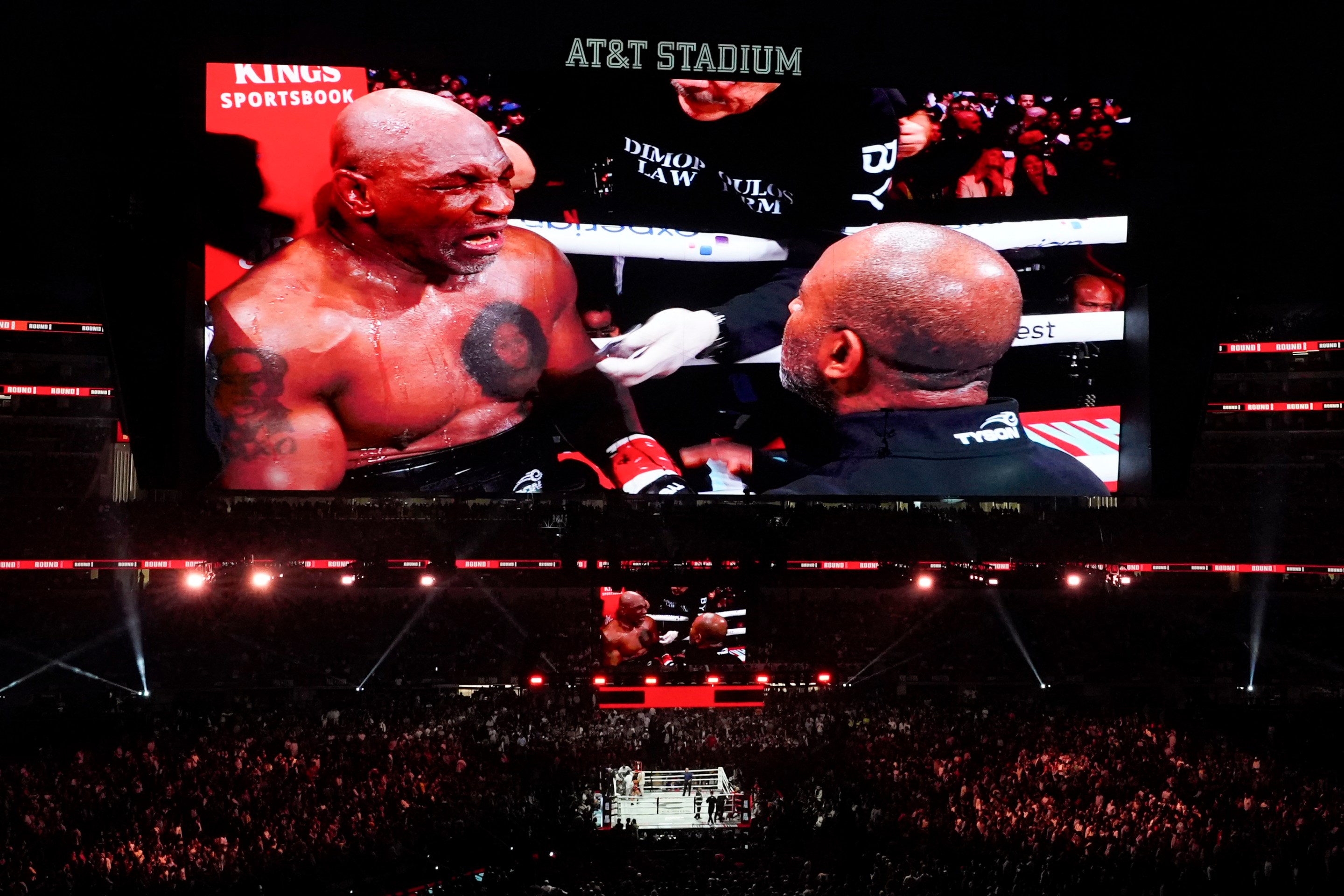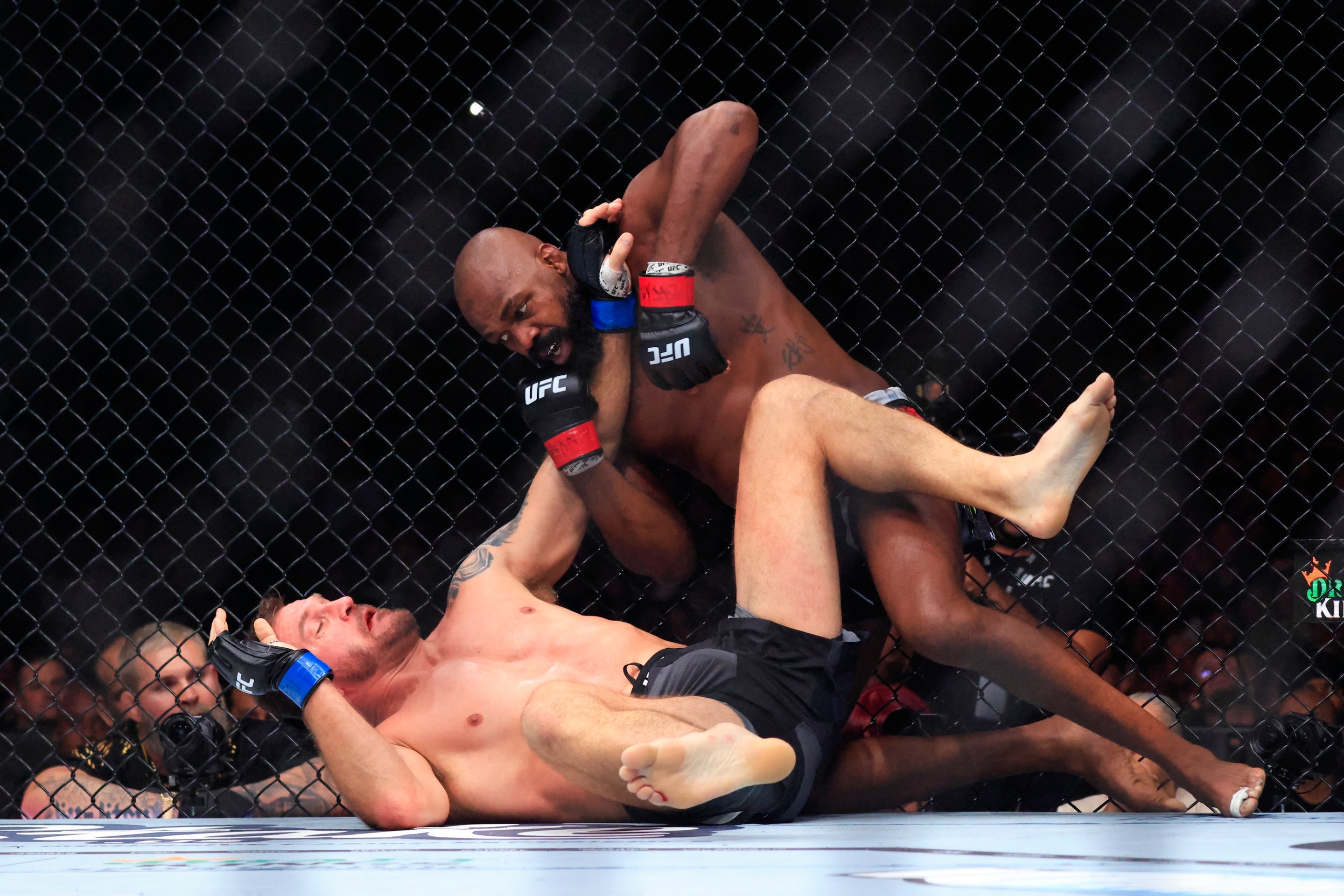Nothing dulls the senses quite like a Sunday afternoon Jets game. The number of times I've found myself supine on the couch, watching the Jets grind through another three-and-out while losing 21-6, only to look over at the clock and think to myself, "Oh God, It's already 3:30? How is that possible?" is more than I can count. Something different happened yesterday, though. As I was lying there, watching the Jets make their way through what I assumed was going to be an inevitable loss to the Bills, Quinnen Williams did this:
Quinnen Williams vs Mitch Morse! #BuiltByBama pic.twitter.com/XXTIlunMlJ
— 𝗙𝗢𝗟𝗟𝗢𝗪 @𝗙𝗧𝗕𝗲𝗮𝗿𝗱𝟳 (@FTBeard7) November 6, 2022
Plenty of things can happen on a football field that will grab my attention—a deep ball caught in the end zone, a running back trucking somebody, a quarterback scrambling for 40 yards—but nothing makes me sit up quite like a defensive tackle going from his stance to the quarterback's lap in a straight line. It's not that the act is more visually appealing than any of that other stuff, but that it looks wrong somehow, like a glitch in the game itself. That feeling comes from knowing that the foundation of any offensive line scheme is preventing a defensive tackle from stomping straight into the backfield. It's the first and easiest job that any group of blockers has to accomplish, and when one fails to do so it's like seeing a cat fail to land on its feet. That's not supposed to happen.
Williams can make the uncanny happen. He has seven sacks so far this season, which leads all interior linemen and ties the career-high mark he set for himself in 2020, his second year in the league. He has 33 combined tackles, six of them for a loss, and has hit the quarterback 17 times. These are the sort of numbers that are most often associated with long and shifty edge rushers rather than hulking interior tackles who line up across from the center, and the fact that Williams is accumulating them has a lot to do with the fact that the Jets are 6-3.
At any given time in the NFL there are one, maybe two players in the league who fit Williams's profile. The most famous is of course Aaron Donald, who has spent nearly a decade racking up Defensive Player of the Year awards while rightfully being described as the best player in football. Watching Donald stick one arm into a blocker's chest, march him seven yards backwards, and then use the other arm to wrap up a panicking quarterback feels like watching a time traveler who was sent back here from a time when all NFL players are 30 percent bigger and stronger than they are now. Williams elicits that same feeling:
Congrats @QuinnenWilliams on AFC Defensive Player of the Month! Well deserved. pic.twitter.com/2I2Yqceypk
— Woody Johnson (@woodyjohnson4) November 3, 2022
You've listened to enough NFL pundits to absorb the conventional wisdom that quarterback, left tackle, and edge rusher are the most important positions on the field, as great players in those places are the most likely to singlehandedly improve a team's fortunes. Players like Williams and Donald, interior linemen who can put pressure on the quarterback and get double-digit sacks, don't often get mentioned in those conversations, simply because they mostly don't exist. When they do come along, though, their effect on the field is unmistakable. After losing to the Bengals in Week 3, the Jets more or less stopped blitzing, instead relying on Williams and the rest of the front four to pressure the quarterback without sacrificing coverage over the rest of the field. The Jets won five of their next six games, and Williams has six sacks in those games. They held the Bills to their lowest point total on the season in beating them 20-17 on Sunday.
Success in the NFL is contingent on a vast and interlocking set of circumstances, but the thrill of watching a player like Williams is in how much he simplifies everything. The finest minds in the league spend hundreds of hours every week devising schemes and route trees and play scripts that are meant to optimize their team's odds at winning, and then a guy like Williams comes along to negate all of that just by being bigger and stronger than anyone is supposed to be.





